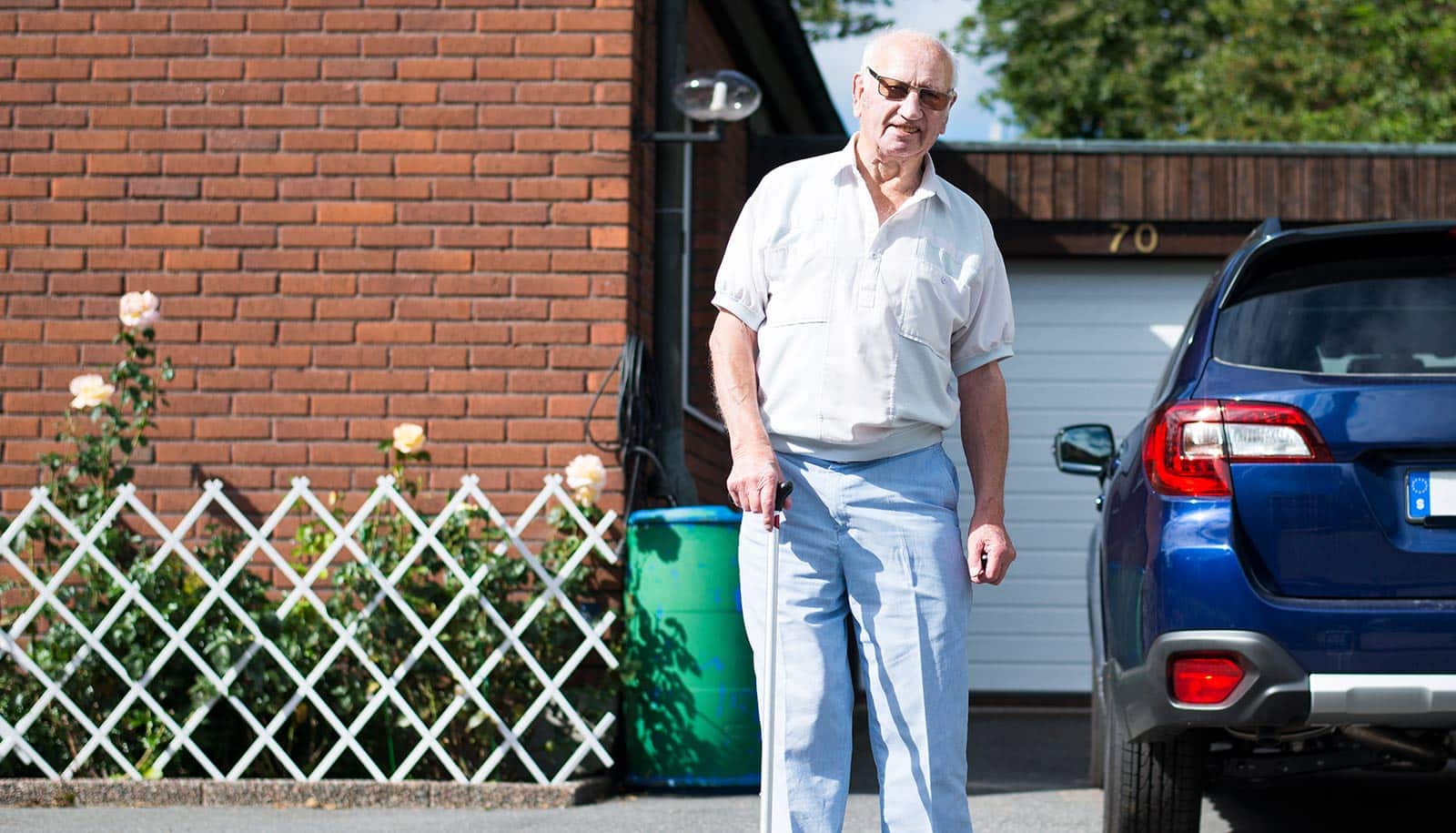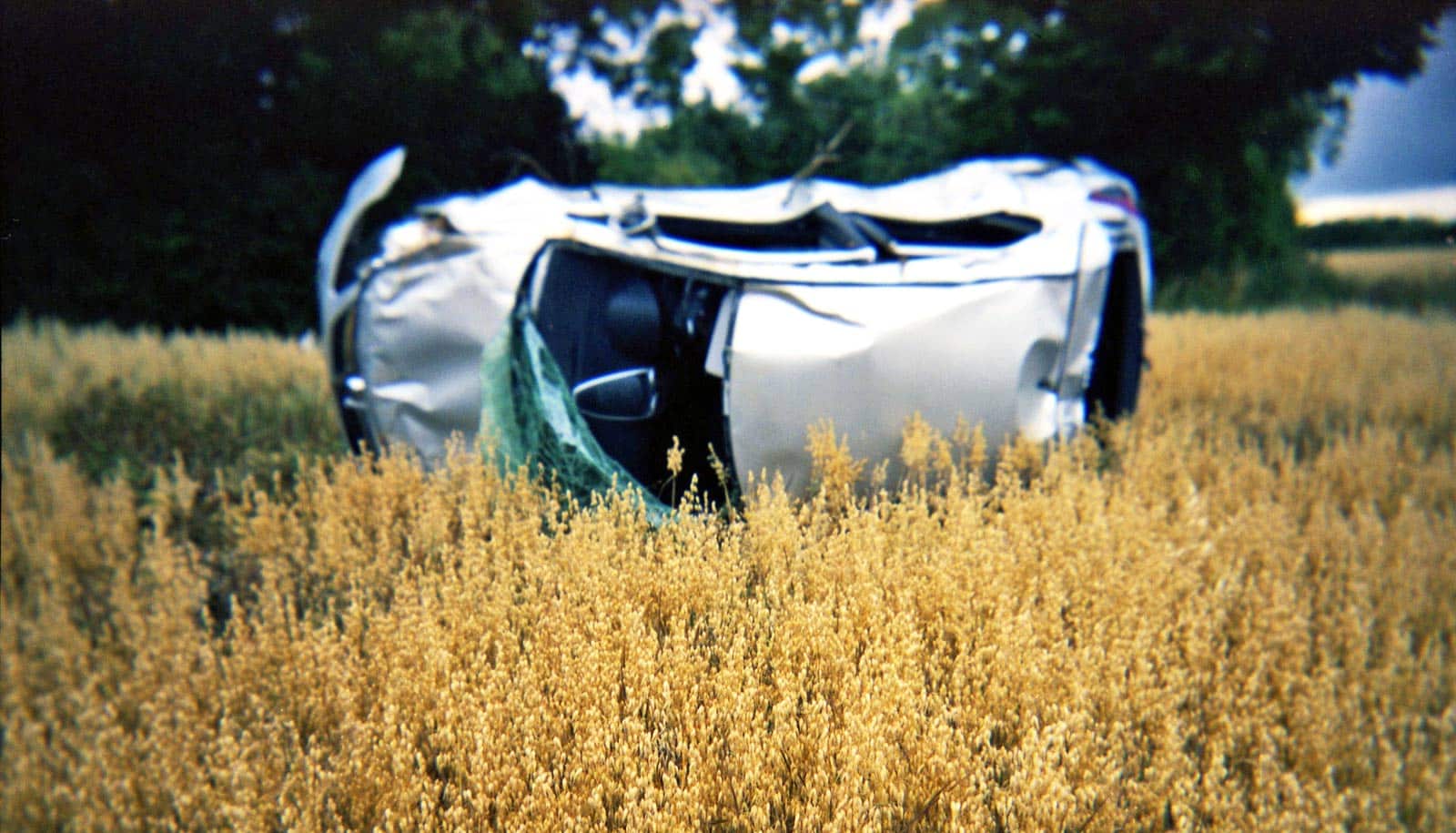When driving themselves is no longer an option, older adults may feel the short- and long-term effects of isolation, a new study shows.
Whether it’s going to the local grocery store or to a friend’s home, driving a car plays a major role for seniors who want to hang onto their independence.
Unlike previous studies, which focus on social engagement and participation when people no longer drive, isolation involves limited contact with family and friends, researchers say.
“In other words, they don’t have a network with whom they can talk about important things,” says Xiaoling Xiang, an assistant professor of social work at the University of Michigan.
Researchers selected nearly 7,000 eligible drivers aged 65 and older from the National Health and Aging Trends Study. They asked participants whether they had driven within the past year and what their networks were, including marriage, family/friends, church, and clubs. Questions focused on health and daily activities, such as eating, bathing, and dressing.
About 20% stopped driving during the five years of follow-up, while nearly 60% continued to drive. Another 20% were nondrivers at the time of the study.
From the study’s total participants, 20% classified as not socially isolated, 58% somewhat isolated, and 21% socially isolated. Older men, and those with lower educational levels and income, tended to feel some type of isolation, says lead author Weidi Qin, a researcher at Case Western Reserve University.
Compared to active drivers, nondrivers had twice the odds of being in a higher social isolation category. In addition, the older the individual (85+ age group), the more likely they felt socially isolated compared with younger age groups (65-69) in the study.
Overall, social isolation scores increased significantly when seniors stopped driving (short-term effect), and then persisted during the six-year evaluation (long-term effect), the findings show.
Additional coauthors are from the University of Michigan, Case Western Reserve, and Duke University. The paper appears in the Journal of Aging and Health.
Source: University of Michigan


